In 2013, Vinicio Riva went to Rome and, during a large papal audience, reached out to kiss Pope Francis’ ring, and the Holy Father embraced him. The world took notice because Vinicio is severely disfigured due to neurofibromatosis. Here are two pictures:
Normally, people stay away from him, which is why he said, “What astonished me is that [the pope] didn’t think twice on embracing me. I’m not contagious, but he didn’t know. He just did it; he caressed all my face, and while he was doing that, I felt only love”.
[Watch Fr. Justin’s homily delivery here.]
The human heart, on one hand, stays away from what’s difficult. On the other, it goes out to the poor and suffering. We should look at the photo again, sit with it, and ask ourselves if we could love Vinicio like the pope. Furthermore, we should prepare ourselves to do what Pope Francis did, should we ever come into contact with someone who might repulse us.
Let’s reflect on Jesus’ example in the Gospel, to strengthen our resolve to reach out. His example is the reason why we’ll later show images of aborted babies, who today are the most marginalized. To bring up to speed anyone who’s just joining us, we prepared ourselves for this three weeks ago, and for the past two years. In addition, we’ve talked many times about God’s forgiveness in our community. Many of you have heard from our brothers and sisters who have had abortions, that God has forgiven them, and wants to forgive everyone who’s involved in abortions, because He loves us all so much.
Let’s read the short passage in full, then make three comments: “A man with leprosy came to Jesus begging him, and kneeling said to Jesus, ‘If you choose, you can make me clean.’ Moved with pity, Jesus stretched out his hand and touched him, and said to him, ‘I do choose. Be made clean!’ Immediately the leprosy left him, and he was made clean” (Mk 1:40-42).
1) During the time of Jesus, people with ‘leprosy,’ as we heard in the First Reading, had to be separated from the community in order not to infect others. Humanly, they were isolated, and spiritually, they couldn’t take part in Israel’s worship. We know that this man in the Gospel wants to rejoin worship because he says to Jesus, ‘You can make me clean,’ not, ‘You can heal me’; clean was a ritual term. He breaks the rules of isolation because he believes in Jesus. We know his faith is strong because he says, ‘If you choose.’
2) The phrase ‘moved with pity’ tells us two things: that Jesus felt the same emotions as we do when we see human suffering; we should be moved emotionally when we see people suffering (Leroy Huizenga, Loosing the Lion, 104). Yet more than this, His emotion moved Him to action (Daniel Mueggenborg, Come Follow Me, Year B, 158). It wasn’t just emotional sadness, but it was the same love that moved Pope Francis to touch Vinicio.
3) Many people marvel that Jesus chose to touch the leper, because He didn’t have to. He could have just spoken the words of healing. The gesture is meaningful because He recognizes this man’s humanity. Jesus defended many groups of people who were suffering: He would let children come to Him, though the apostles tried to stop it (Mt 19:13-15); He would go to sinners (Mk 2:16), talk to a foreign woman, much to her surprise (Jn 4:9), and go to the Gentiles (Mt 21:41-46). The pro-life leader, Fr. Frank Pavone, writes about this Gospel passage, “Jesus is always on the side of human life… Christ is life, and to stand with him is to stand with life” (Fr. Frank Pavone, Proclaiming the Message of Life, 205).
Based on this Gospel, there are three reasons for showing images of the preborn who are aborted:
1) The preborn are the most marginalized of humanity, because, as we showed in this graph from Jan. 22, 2021, abortion is the number one cause of death in the world, according to Worldometers;
this is what a seven-week preborn baby looks like;
2) We should be moved to action when we see their suffering;
3) Jesus defends marginalized people.
We’ll describe three abortion procedures. If you don’t want to watch this, you can skip ahead and come back later. 1) We start with a two-minute video of Gianna Jessen, who describes her survival of abortion in detail, with a photo of a baby who has died by the same procedure (start at 0:00 until 1:40).
When I looked up saline abortion on Wikipedia, it’s shocking how Canada allows this.
2) I went to the Planned Parenthood website, and they describe: “Suction abortion (also called vacuum aspiration) is the most common type of in-clinic abortion. It uses gentle suction to empty your uterus. It’s usually used until about 14-16 weeks after your last period”. That’s a euphemism.
Three diagrams show the reality of this procedure. Here’s the first:
The second has this description: “The amniotic fluid, placenta and fetus are suctioned through the cannula into a collection jar. The fetus and the placenta are torn apart in the process.”
The third says, “The uterine cavity is scraped with a curette to determine whether any significant amount of tissue remains.”
Years ago, one of my friends, as a medical student, unfortunately chose to participate in three of these suction abortions, and described it as shocking. He said it’s basically a high-powered vacuum that rips the baby apart.
3) I’ll let Dr. Anthony Levatino describe D&E abortions (dilation and evacuation). He performed over 1,200 abortions before he decided to stop (watch from 0:23 to 2:24).
So, this is an 8-week abortion:
And these are two 10-week abortions:
When the Canadian Center for Bioethical Reform uses these images on university campuses to raise awareness and start a discussion about the reality of abortion, many minds are changed.
One UBC student, after she saw the images and talked with someone from CCBR, said, “You just changed my mind. You just changed my mind! I’ve been in the middle on this issue for 6 years but everything you said made so much sense. Thank you”.
The Church Father, Origen, reflected on Jesus’ touching the leper and compared it to spiritual problems in the heart. He wrote, “Let us consider… if there be anyone here that has the taint of leprosy in his soul, or the contamination of guilt in his heart? If he has, instantly adoring God, let him say: ‘Lord, if you will, you can make me clean’” (Ancient Christian Commentary on Scripture: Mark, 24). Turning our hearts back to Jesus in adoration, we ask that He give us courage and mercy.
As for 40 Days for Life, we’re not allowed to do a public witness on archdiocesan property. I’ve spent many moments this week trying to find out why, and I’ve heard partially that it’s because the government won’t allow gatherings, and because health care workers at B.C. Women’s Hospital will be upset at our presence. But this doesn’t add up. People still gather outside the cathedral to pray for reopening of churches. Moreover, considering we’re talking about the number one cause of death in the world, people getting upset is an unfortunate consequence of doing the right thing.
So, I disagree with this decision. Where’s the courage? In Vancouver, we’ve tried this approach of conciliation for decades, and it doesn’t work. Remember how to spell ‘faith’? It’s R-I-S-K. We risk some kind of personal loss to do what Jesus would do.
Some of you have asked me what we will do? I’m not sure. I’m going to pray and fast myself, and I’m asking God where He wants to redirect us. Perhaps He wants us all to speak out more. That’s all I have for now.
For the rest of Mass, let’s imitate the man with leprosy: We go to Jesus kneeling, begging Him to cleanse our hearts. And He will reach out to and heal the marginalized.



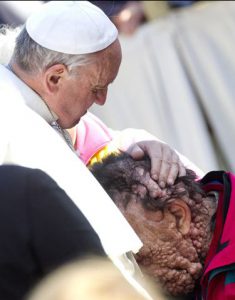
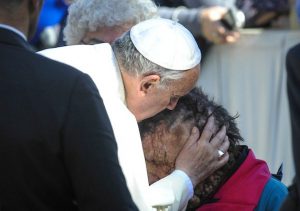
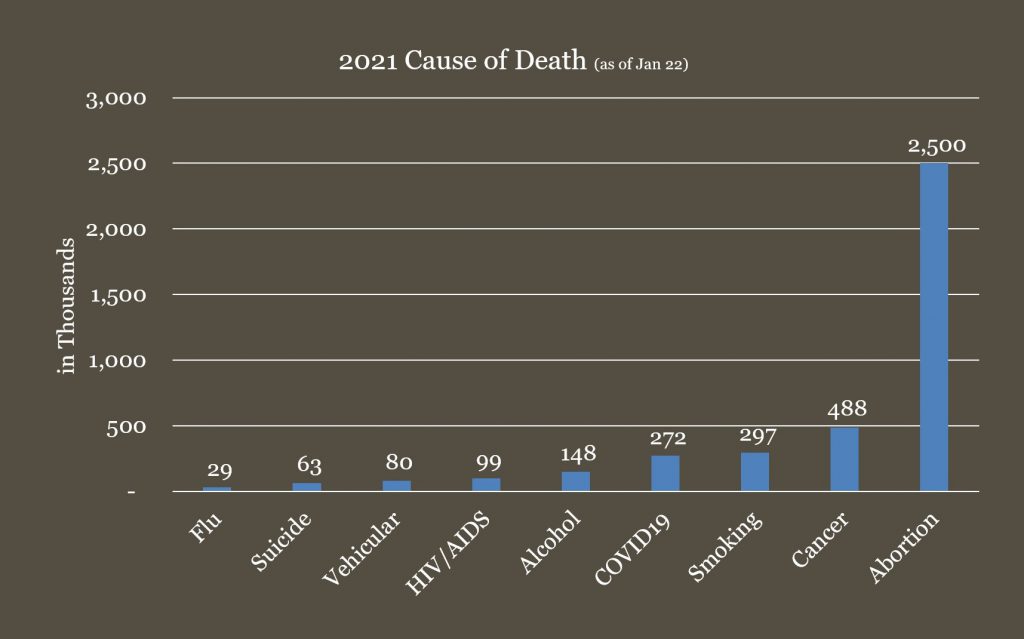
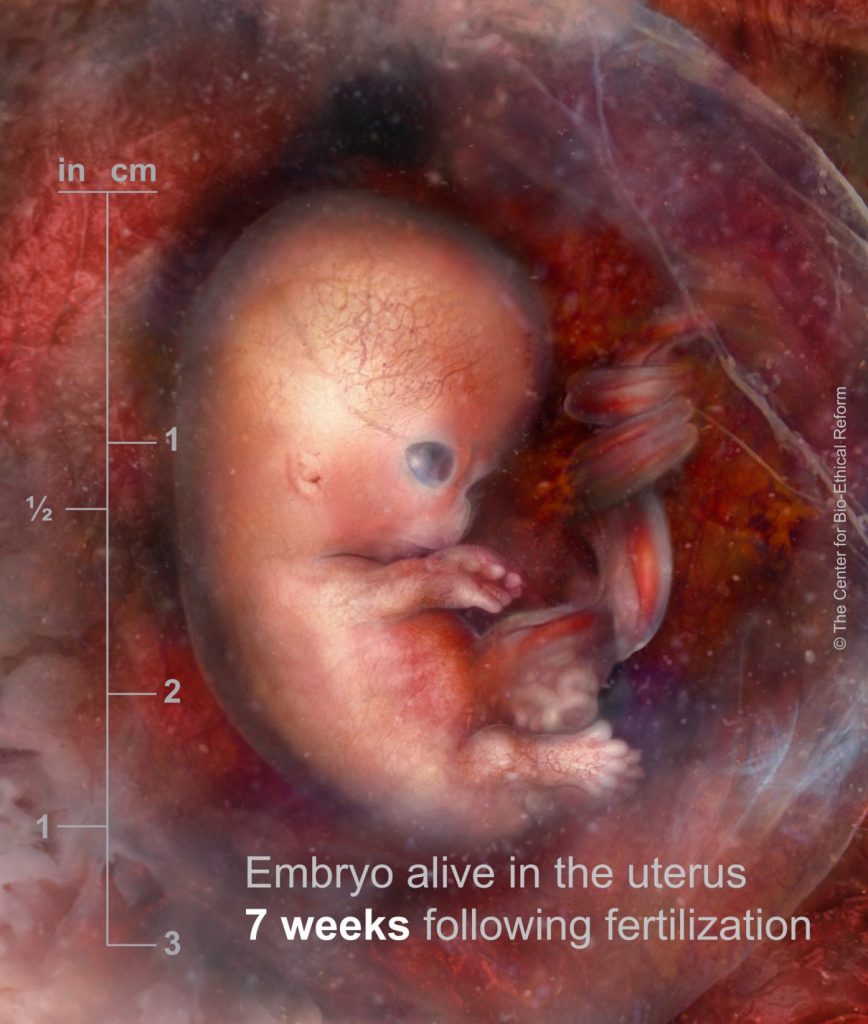



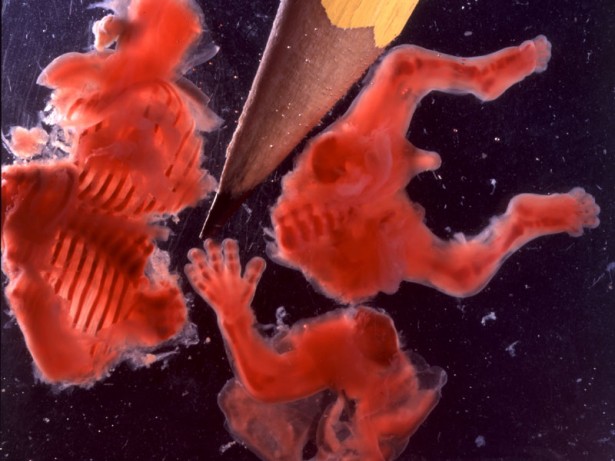

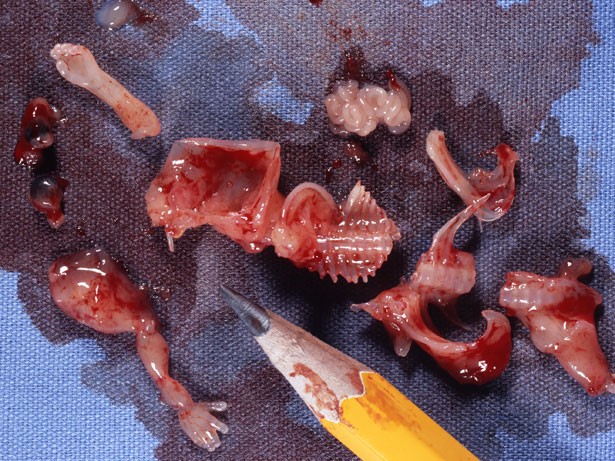
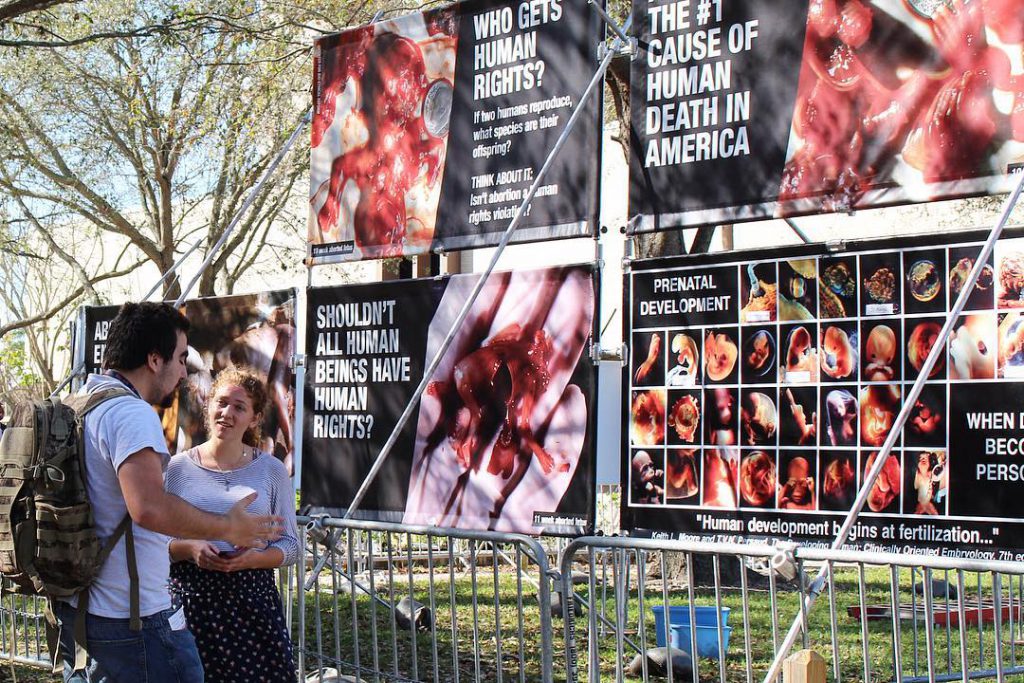
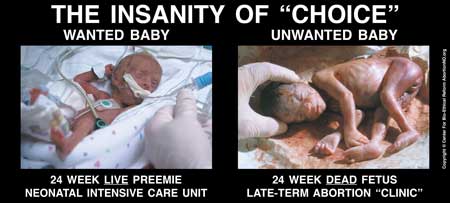
Larry Wald says:
Very thought provoking,Father. Seeing the pictures of aborted babies invoked a sense of guilt, sorrow and anger. Should you decide to take action of any kind, please let your readers know so those of us not members of your parish, can also support you. Stay safe, stay well, and know you are loved.
Larry Wald
OLOA. Parish